Although I am not sure it is the best way, you can use a matplotlib.ticker.FuncFormatter to do this. For example, define the following function.
def my_formatter(x, pos):
"""Format 1 as 1, 0 as 0, and all values whose absolute values is between
0 and 1 without the leading "0." (e.g., 0.7 is formatted as .7 and -0.4 is
formatted as -.4)."""
val_str = '{:g}'.format(x)
if np.abs(x) > 0 and np.abs(x) < 1:
return val_str.replace("0", "", 1)
else:
return val_str
Now, you can use majorFormatter = FuncFormatter(my_formatter) to replace the majorFormatter in the question.
Complete example
Let's look at a complete example.
from matplotlib import pyplot as plt
from matplotlib.ticker import FuncFormatter
import numpy as np
def my_formatter(x, pos):
"""Format 1 as 1, 0 as 0, and all values whose absolute values is between
0 and 1 without the leading "0." (e.g., 0.7 is formatted as .7 and -0.4 is
formatted as -.4)."""
val_str = '{:g}'.format(x)
if np.abs(x) > 0 and np.abs(x) < 1:
return val_str.replace("0", "", 1)
else:
return val_str
# Generate some data.
np.random.seed(1) # So you can reproduce these results.
vals = np.random.rand((1000))
# Set up the formatter.
major_formatter = FuncFormatter(my_formatter)
plt.hist(vals, bins=100)
ax = plt.subplot(111)
ax.xaxis.set_major_formatter(major_formatter)
plt.show()
Running this code generates the following histogram.

Notice the tick labels satisfy the conditions requested in the question.
